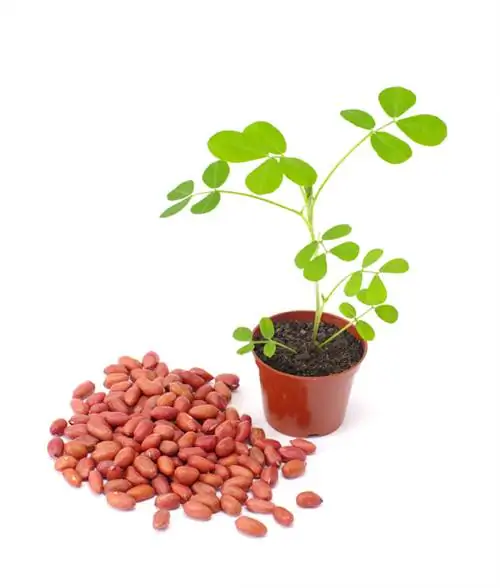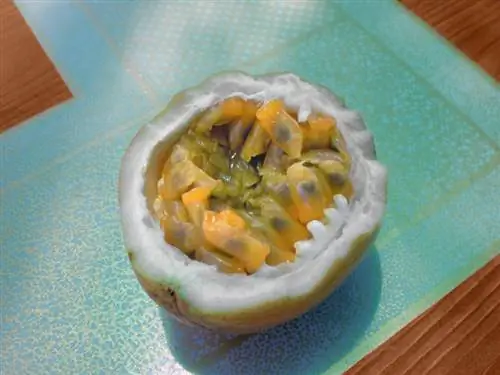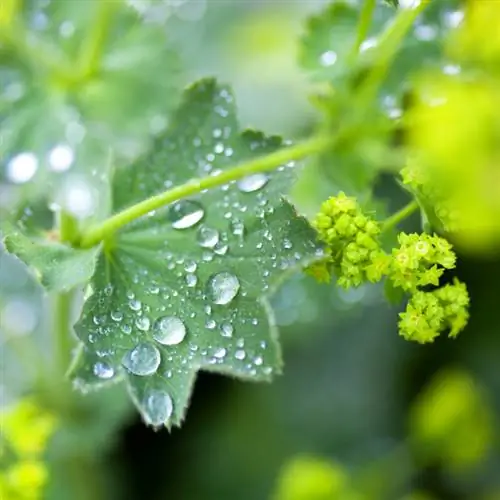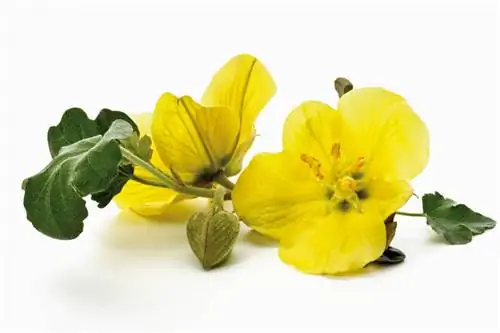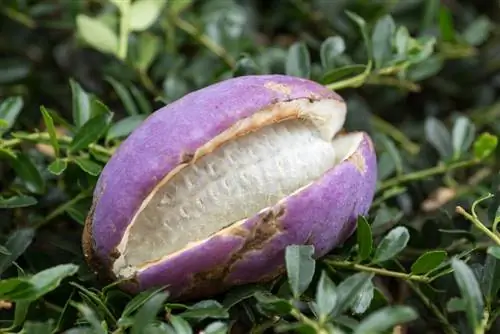- Author admin [email protected].
- Public 2023-12-16 16:46.
- Last modified 2025-01-23 11:22.
Amaranthine is a trendy superfood that you can grow yourself. Here you can read useful information about the consumption of the decorative foxtail plant from South America. Find out which amaranth plants are edible here.

Is the amaranth plant edible?
An amaranth plant is completeedibleYou can eat young flowers and leaves as raw food. Older Amaranthus leaves are best prepared and servedlike vegetables. Ripe seeds are suitable asgluten-free pseudograin The edible foxtail root is grated into small pieces before consumption.
Is the amaranth plant edible?
The amaranth plant is edible in all partsedibleThe Aztecs, Inca and Maya in ancient South America used the grain-like seeds of a foxtail plant as their main food. Nowadays, amaranth grains are valued asgluten-free pseudocereal. You can eat the leaves and inflorescences of an amaranth plant as raw food or preparelike vegetables. Finely grated amaranth taproot tastes like beetroot.
He althy Superfood
Flowers, seeds and leaves of an amaranth plant are rich in essential vitamins, nutrients, minerals and fiber for a he althy diet. Regular consumption of amaranth strengthens the immune system and improves well-being.
Which amaranth plants are edible?
The species-rich Amaranthus genus within the foxtail family (Amaranthaceae) provides us with over20 edible amaranth plants. These are delicious species and popular varieties with tips for use:
- Garden foxtail (Amaranthus caudatus): seeds as a grain substitute, young leaves for salad, older leaves as vegetables.
- Panicle foxtail (Amaranthus cruentus): seeds as pseudo-cereal or popcorn.
- Vegetable amaranth (Amaranthus tricolor): pure grains in muesli, leaves as a spinach substitute.
- Weeping amaranth (Amaranthus hypochondriacus): spinach plant, grind seeds for nutty, tasty flour.
- Kerala Red: reddish leaves for stir-fried vegetables, smoothies and salads.
- Lou Sin Green: eat tender stalks such as asparagus.
Tip
Wash amaranth before eating
After harvesting, at the latest before consumption, an amaranth plant should be washed. It is best to wash leaves, stems and taproots without shredding them. Thoroughly rinse the plant parts in the sieve under running water. You can also scrub an amaranth root with a vegetable brush. The tiny amaranthus seeds can be washed in a tea strainer or tea towel without loss.


